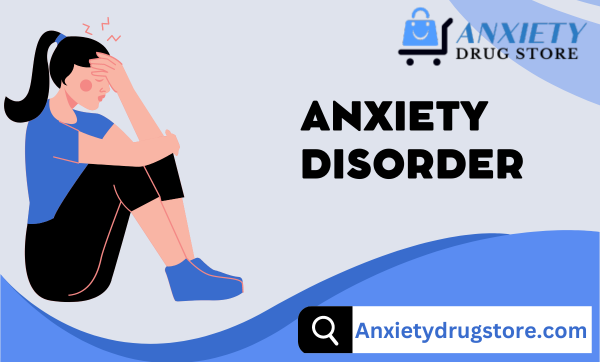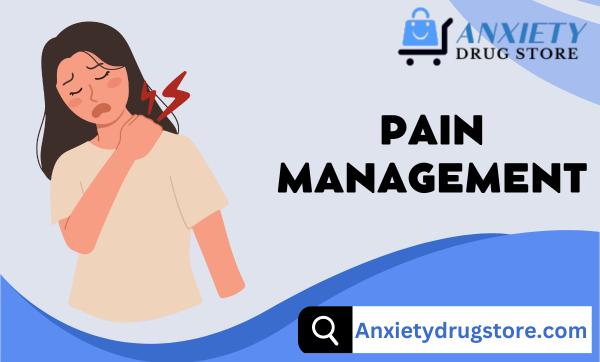
Top Techniques to Overcome Anxiety Every Day
Are you feeling overwhelmed by anxiety and looking for effective…

Dealing with chronic pain can be incredibly challenging and can have a significant impact on one’s quality of life. However, with the right strategies and lifestyle changes, it is possible to manage pain effectively and improve overall well-being. In this blog post, we will explore various pain management tips for everyday life that can help individuals navigate and alleviate their persistent discomfort.
1. Understand the Source of Pain
The first step in effectively managing pain is to understand its source. Whether it’s a result of an injury, a medical condition, or an underlying issue, identifying the source of pain is crucial. Consulting with a healthcare professional to receive an accurate diagnosis and understanding the nature of the pain is essential in developing a personalized pain management plan.
2. Explore Treatment Options
Once the source of pain is understood, individuals can explore various treatment options. This may include conventional medical interventions such as medication, physical therapy, or even surgical procedures, depending on the underlying cause of the pain. It’s important to work closely with healthcare providers to determine the most appropriate treatment plan.
3. Embrace Holistic Approaches
In addition to conventional medical treatments, individuals can also explore holistic approaches to pain management. This may involve practices such as acupuncture, yoga, massage therapy, and chiropractic care, which can complement traditional treatments and provide additional relief.
4. Adopt an Anti-Inflammatory Diet
Diet plays a significant role in managing pain, especially for individuals dealing with conditions such as arthritis or other inflammatory disorders. Adopting an anti-inflammatory diet rich in fruits, vegetables, whole grains, and healthy fats while minimizing processed foods, sugar, and trans fats can help reduce inflammation and alleviate pain.
5. Engage in Regular Exercise
Physical activity is an essential component of pain management. Engaging in regular exercise, under the guidance of a healthcare professional, can strengthen muscles, improve flexibility, and release endorphins that act as natural painkillers. Finding low-impact activities such as swimming, walking, or gentle yoga can be beneficial for individuals with chronic pain.
6. Practice Mindfulness and Stress Reduction
Stress and pain often go hand in hand, and managing stress can significantly impact pain levels. Practicing mindfulness meditation, deep breathing exercises, and relaxation techniques can help individuals reduce stress and better cope with their pain. Additionally, seeking therapy or counseling to address the emotional impact of chronic pain can be beneficial.
7. Prioritize Quality Sleep
Sleep plays a critical role in managing pain. Creating a sleep-conducive environment, establishing a consistent sleep schedule, and practicing good sleep hygiene can help individuals improve the quality of their sleep, which in turn can reduce pain levels and enhance overall well-being.
8. Utilize Heat and Cold Therapy
Heat and cold therapy can provide relief for various types of pain. Applying a heating pad, warm compress, or taking a warm bath can help relax muscles and alleviate muscle pain. On the other hand, using ice packs or cold compresses can help reduce inflammation and numb sore areas.
9. Build a Support Network
Living with chronic pain can be isolating, and having a strong support network is crucial. Connecting with supportive friends, family members, or joining support groups can provide emotional support, understanding, and encouragement. Sharing experiences with others who understand the challenges of chronic pain can be incredibly validating.
10. Manage Expectations and Set Realistic Goals
It’s important for individuals managing chronic pain to manage their expectations and set realistic goals. Adapting to the limitations that pain may present, pacing activities, and prioritizing self-care are important for maintaining a sense of control and reducing frustration.
In conclusion, while chronic pain can present significant challenges, implementing these pain management tips in everyday life can help individuals navigate their pain more effectively and improve their overall well-being. By taking a holistic approach, embracing lifestyle changes, and seeking support, individuals can find strategies that work best for them and lead a fulfilling life despite chronic pain.